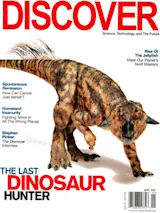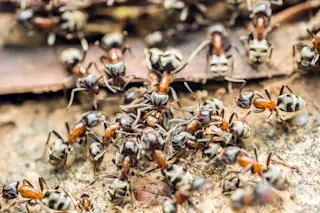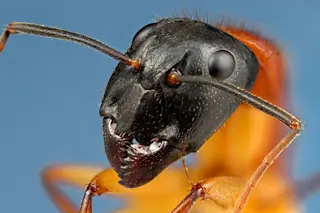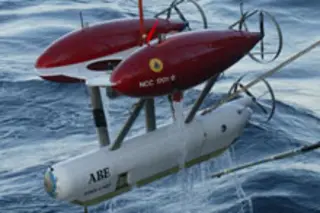In some of science fiction's most influential stories, Isaac Asimov laid out three laws of robotics, the first of which was that "a robot may not injure a human being or, through inaction, allow a human being to come to harm." He later added a law that said robots must also protect humanity as a whole.
Judging by some recent robotic creations, it may be time to add another law: "A robot may not harm the environment. While they're at it, they might as well start helping fix the place up a bit."
Recently, researchers have created a small army of robots that work side by side with scientists to steward the planet better. They are helping biologists detect toxins, explore remote environments, and learn about endangered species. They do work that is too inaccessible, dangerous, or just plain boring for us weakling carbon-based life forms.
A male sage grouse ...








